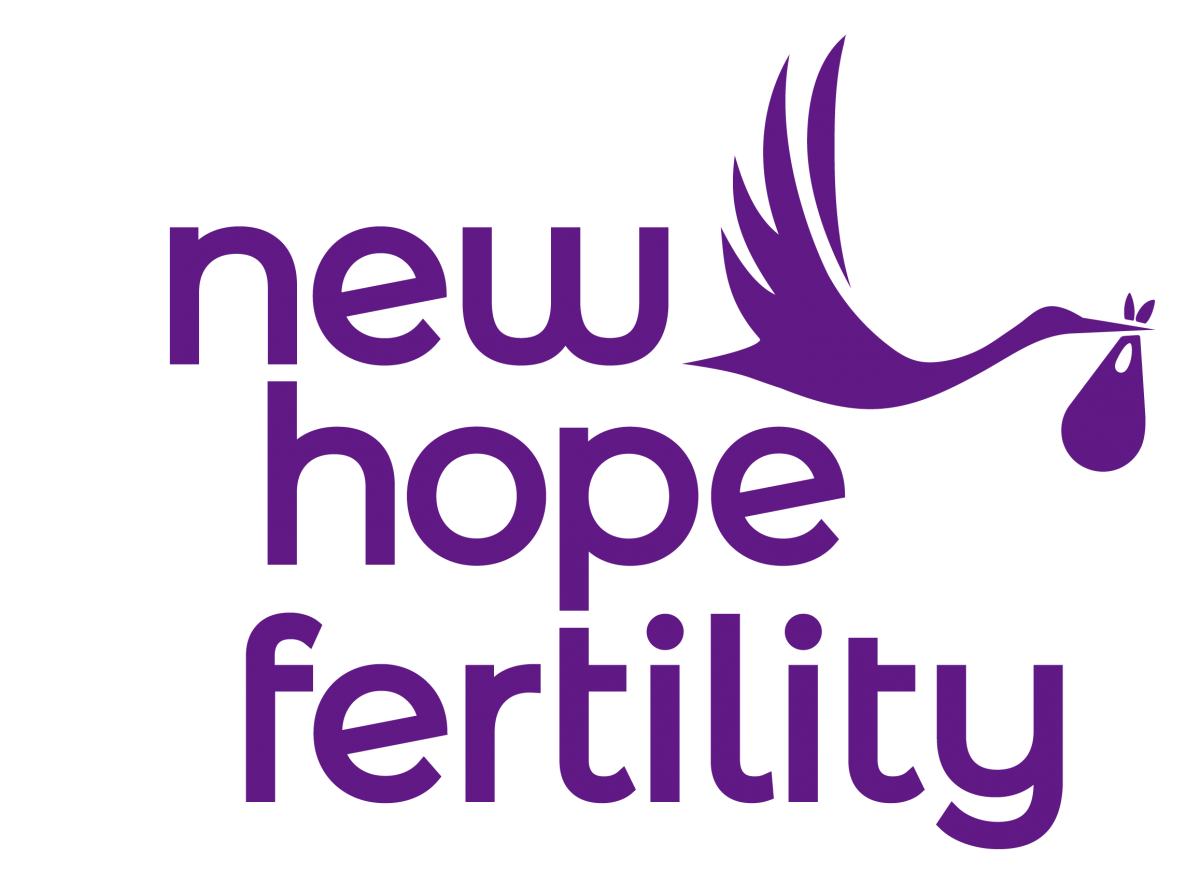WHAT IS PGT-M?
PGT-M (formerly known as PGD or Preimplantation Genetic Diagnosis) is recommended for couples who are known carriers of a single gene disorder (genetic disease) like Hemophilia or Cystic Fibrosis. At New Hope Fertility Clinic of NYC PGT-M is performed after a woman’s eggs have been retrieved and fertilized by her partner’s sperm, but before the eggs have been transferred back into her uterus. When the fertilized egg has reached blastocyst stage, 5-7 cells are gently removed from each embryo using a microsurgery technique. The DNA from the removed cells are then analyzed using a specifically designed probe that is created to test for a specific gene disorder. PGT-M will diagnose a genetic defect in an embryo.
The Team of NYC fertility specialists and our best infertility doctors are led by Dr. John Zhang. Top fertility doctors in NYC recognize Dr. John Zhang MD as a pioneer of the more gentle approach to assisted reproductive technology (ART), Minimal Stimulation IVF (Mini-IVF™) and Natural Cycle IVF as well as the latest IVF procedures. Forbes lists New Hope Fertility Center as one of the largest fertility centers in the US by cycle volume.
